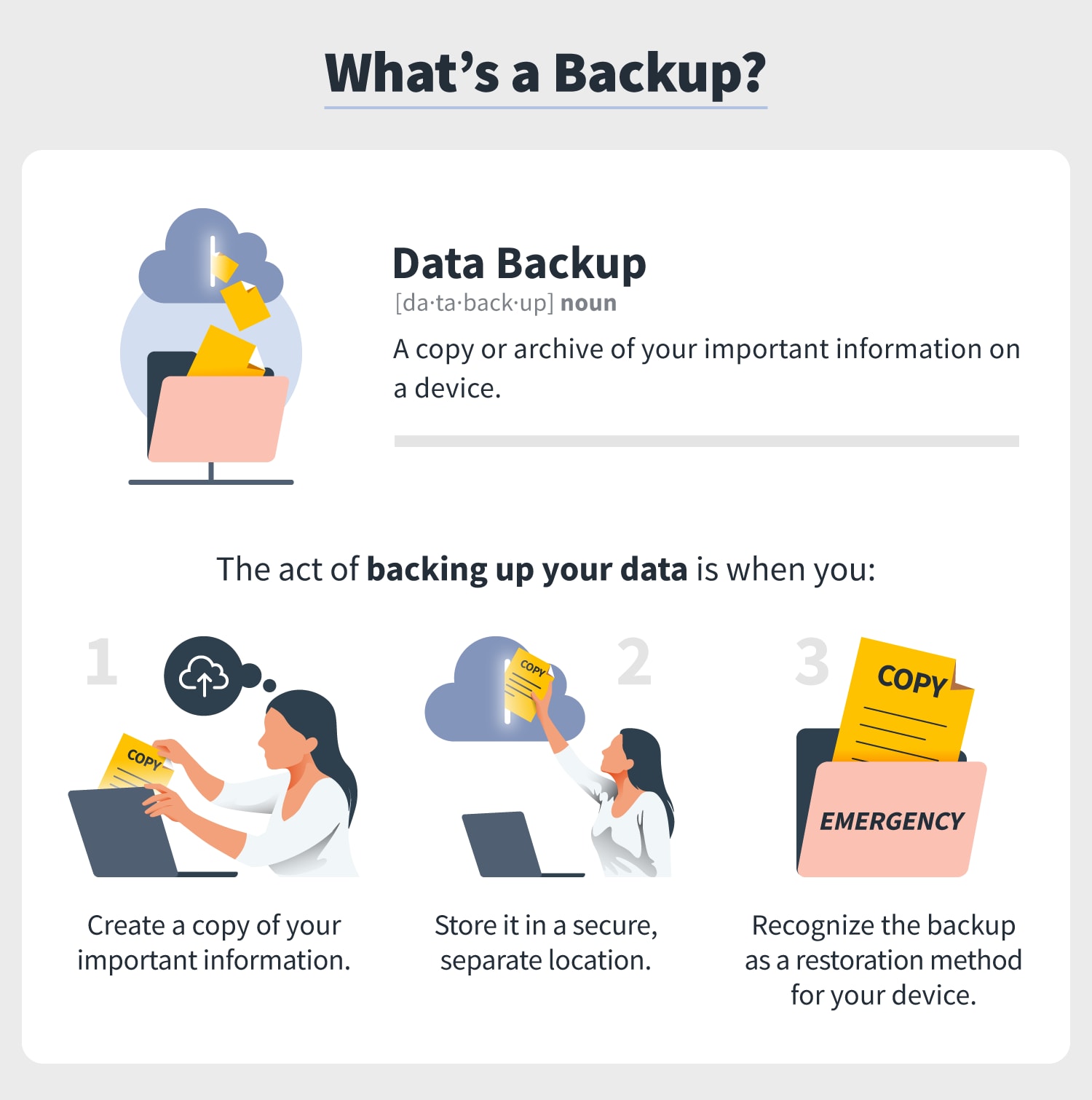How to recover files if your business has been hit with a disaster? When it comes to disaster recovery, being prepared is key to keep your business running.
It is important to consider how to recover files when doing business disaster planning. Keep a backup of crucial documents to get back into business immediately. In addition, it is best to protect business records before a disaster strikes. Back up records and take them to a safe place, away from your business.

Here are a couple of tips to consider if a disaster strikes and you lose your paper records and computer systems:
- Disasters can happen at any time. You’ll be most equipped for one if you’ve backed up and stored your most critical data online. Online backup and cloud-based storage systems are more secure than most traditional data storing systems.
- To the extent you lack online backups, you’ll have to get copies of vital records from your bank, clients and customers, landlord, and insurer, and from government agencies.
- You can replace lost tax returns by contacting the IRS.
- The IRS recommends you document a disaster loss by taking photographs or videos as soon after the disaster as possible. Also, check smartphones or other cameras for pictures and videos from before the disaster occurred.
- To calculate your deductible casualty losses, use your tax and accounting records to document the business property’s adjusted basis.
In conclusion, protecting important documents before a disaster strike is vital for peace of mind. Examples of documents that may be stored for safekeeping include databases, financial records, and any important personal papers. Keep in mind that backups help restore your files during disaster recovery. Moreover, it can help restore data after files have undergone damage or deletion. Database backups are essential for protection against data loss.

